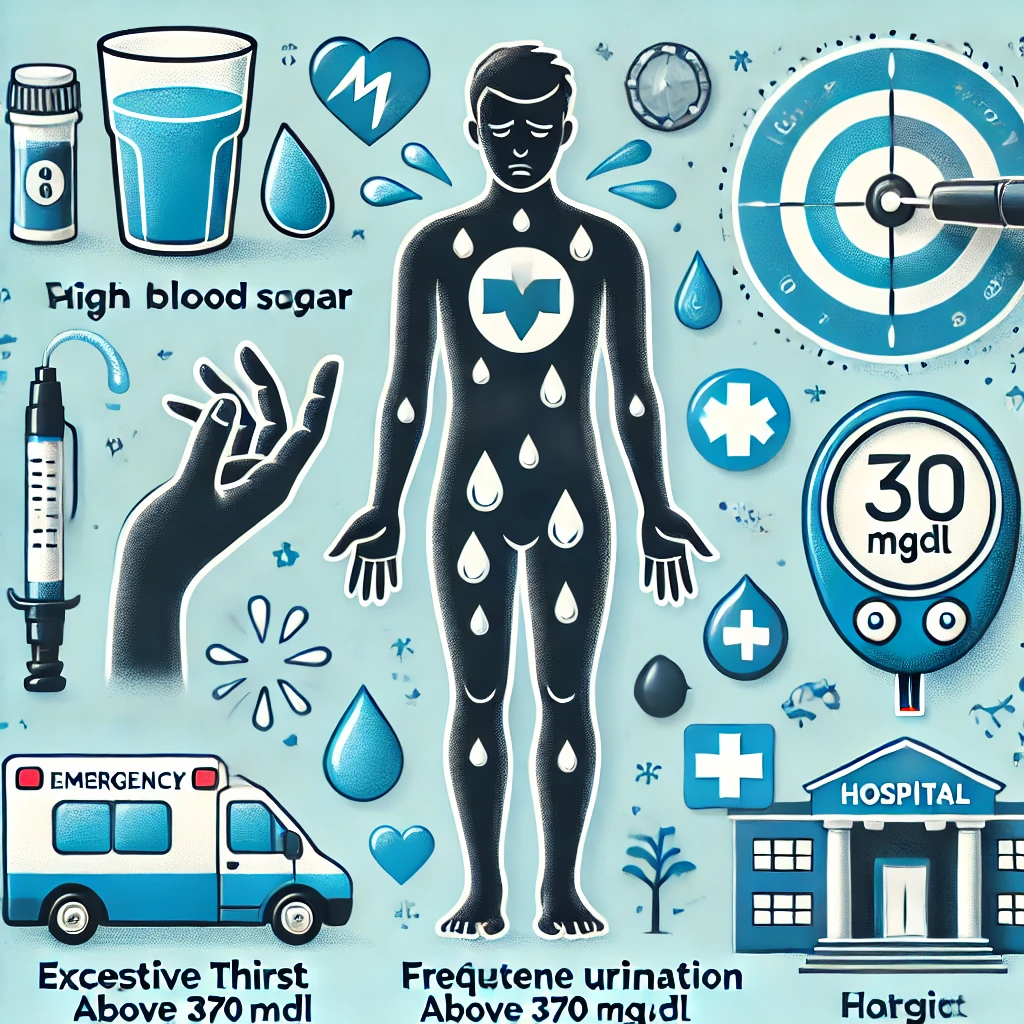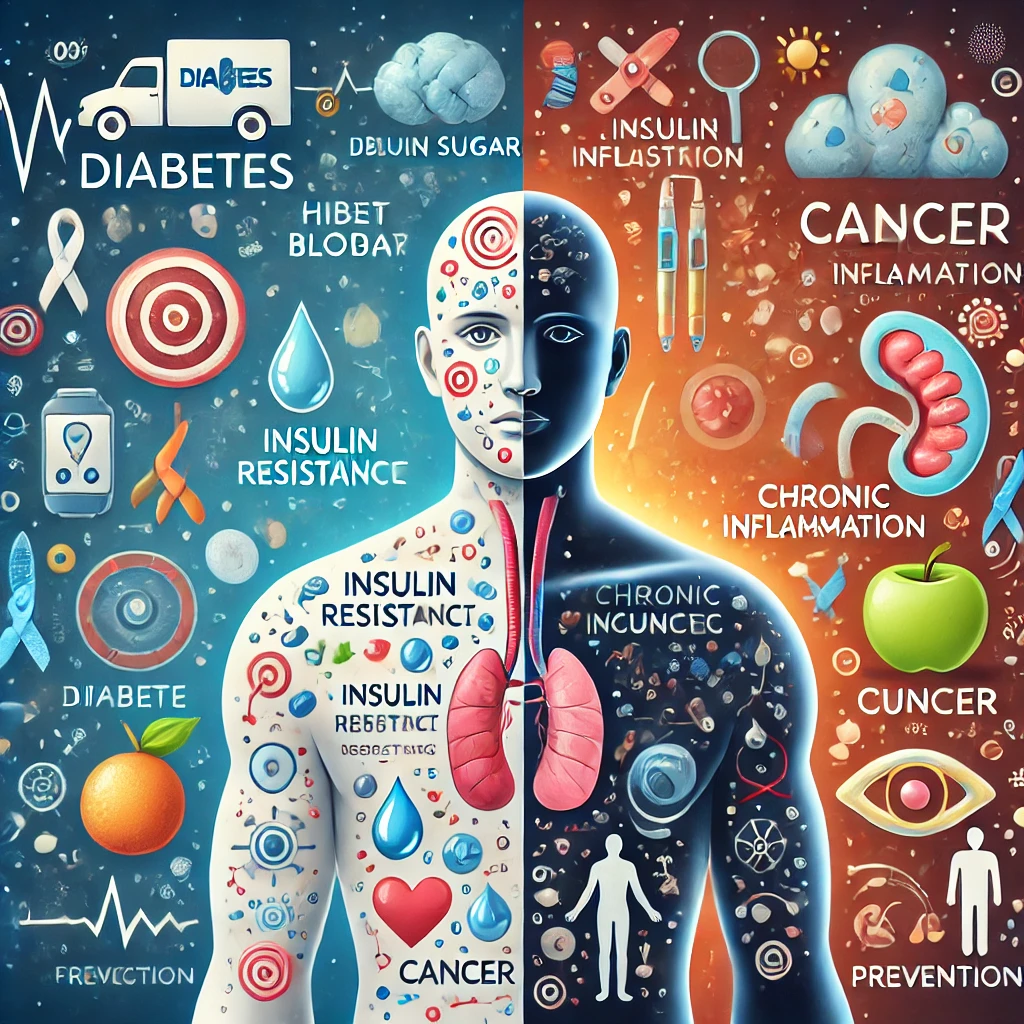Is Your Blood Sugar Really Normal?” The Ultimate Guide to Blood Sugar Management!
1. Importance of Blood Sugar Levels blood sugar management, A healthy blood sugar level refers to the amount of glucose present in the blood. This glucose is derived from the digestion of carbohydrates and serves… Is Your Blood Sugar Really Normal?” The Ultimate Guide to Blood Sugar Management!






